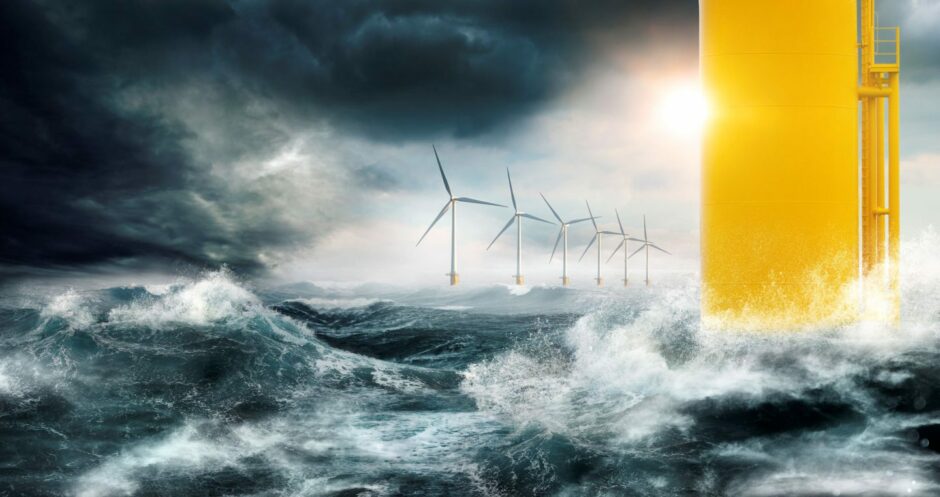
DNV report shows Jotun’s Baltoflake solution offers beyond 30 years’ protection for offshore assets, according to Ismail Tan, global category manager at Jotun.
When it comes to offshore installations, stable foundations are everything. Nowhere is this truer than in offshore wind; where the might of the oceans conspires with the full force of nature to test everything in the splash zone to the absolute limit.
A new independent study by DNV – the world’s leading classification society with globally-renowned testing certification and advisory services for the energy sector and maritime industry – has demonstrated that Jotun’s Baltoflake can provide beyond 30 years of maintenance-free steel protection in the splash zone; even in the world’s harshest environments.
In other words, it delivers unshakable performance for a new era of clean, offshore renewable energy generation.
Performance at the edge
In the harsh environment of the North Sea, opportunities to carry out essential maintenance at the splash zone are limited, making unplanned repairs an unpredictable and expensive exercise. It costs time and money.
Baltoflake’s Glass Flake Polyester (GFP) technology ends those concerns. The independent study by DNV has shown that, unlike epoxy’s 20-year lifespan, Baltoflake provides a minimum of 30 years’ maintenance-free steel protection at the splash zone; outlasting the shelf life of turbines and the sub-structures that support them.
That means no planned or unplanned downtime to make repairs, allowing operators to do what they do best – focus on creating clean renewable energy.
Methodology
DNV experts examined material from an FPSO which had been operating in the North Sea since 1998, as well as a jacket installed on a separate asset the same year. The sections studied were at the splash zone, with both coated in Baltoflake under controlled conditions onshore prior to deployment.
They also inspected a section of the jacket from a different oil platform installed in 1972. It was decommissioned in 2020 after 48 years’ exposure to the North Sea environment – significantly beyond its original 20-year lifespan. Baltoflake was applied to this platform offshore as part of jack-up modifications to cope with subsidence in the late 1980s.
Despite over 30 years’ exposure to the North Sea’s harsh environment, in-depth analysis by DNV at its laboratory in Bergen, Norway, revealed the coating at the splash zone was intact, and showing no signs of delamination.
Powering increased deployment of offshore wind
According to recent figures, global installed offshore wind capacity is expected to reach 630 gigawatts (GW) by 2050, up from 40 GW in 2020.
However, with global steel stocks and production declining following the pandemic, and with the war in Ukraine locking out around 10% of the global steel trade, the cost of steel is skyrocketing while availability drops; putting pressure on offshore wind projects.
Offshore wind developers are at an increased risk of rising prices due to large turbine sizes, longer foundation structures and substation requirements. However, with offshore turbines designed to last for 20-25 years, Baltoflake has the potential to extend the life of new and existing turbines by more than 10 years, reducing lifecycle costs by 50% in the process.
Baltoflake provides a lifetime of protection for offshore wind.
Recommended for you
